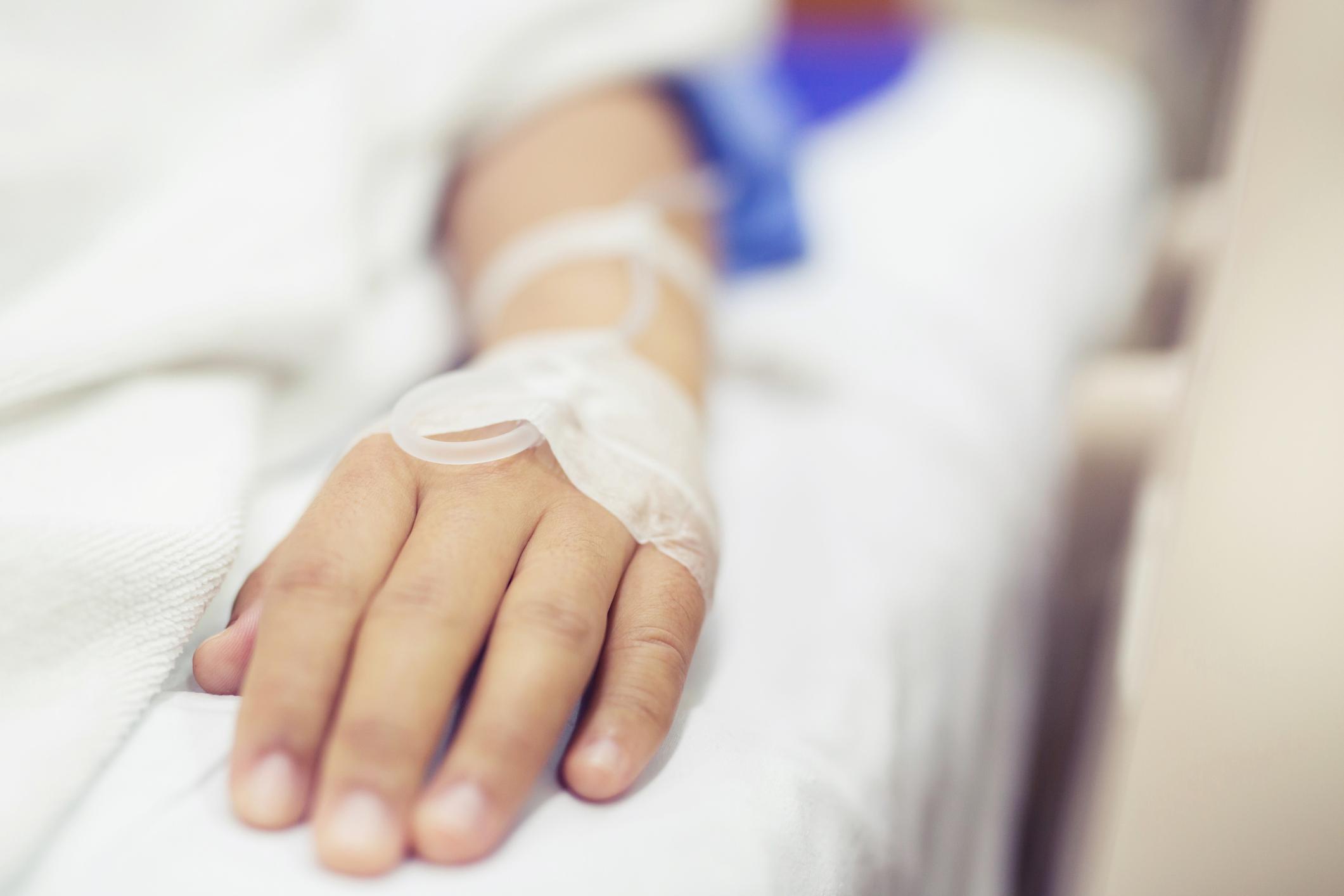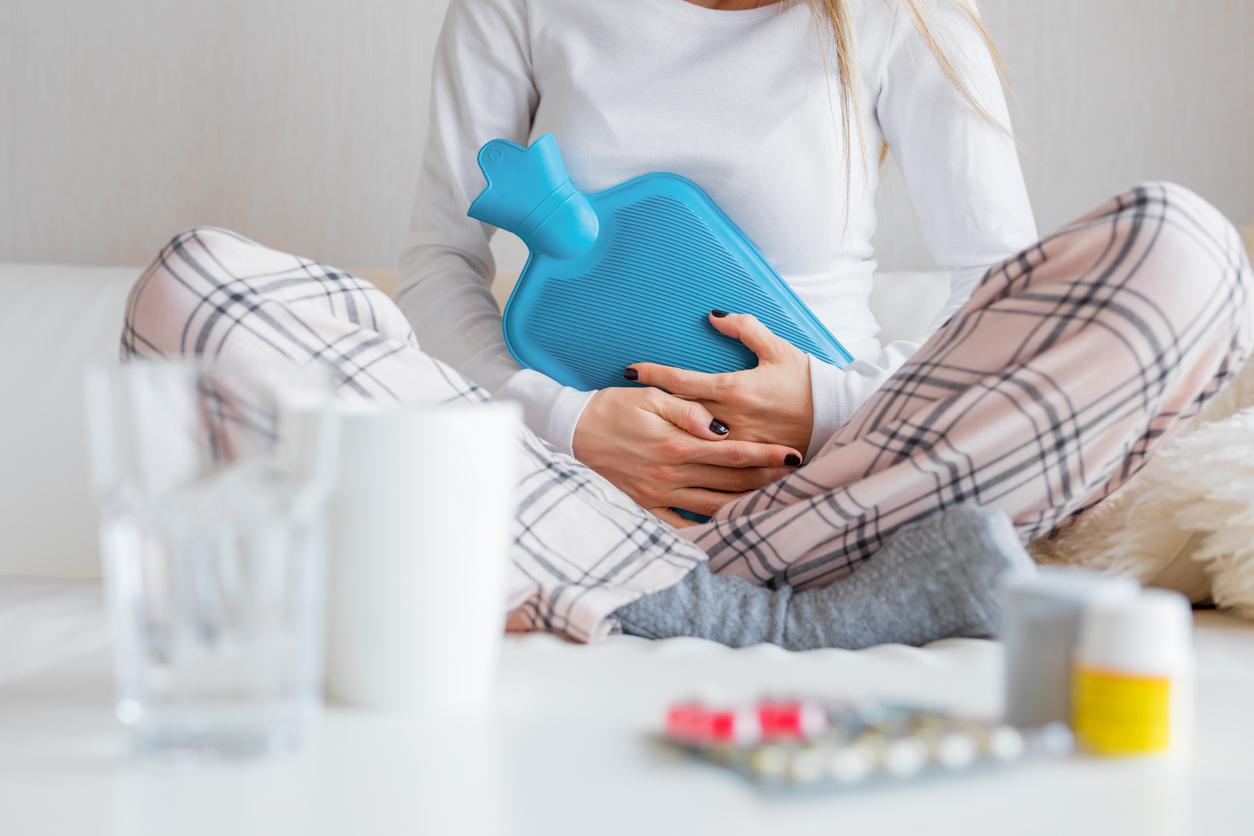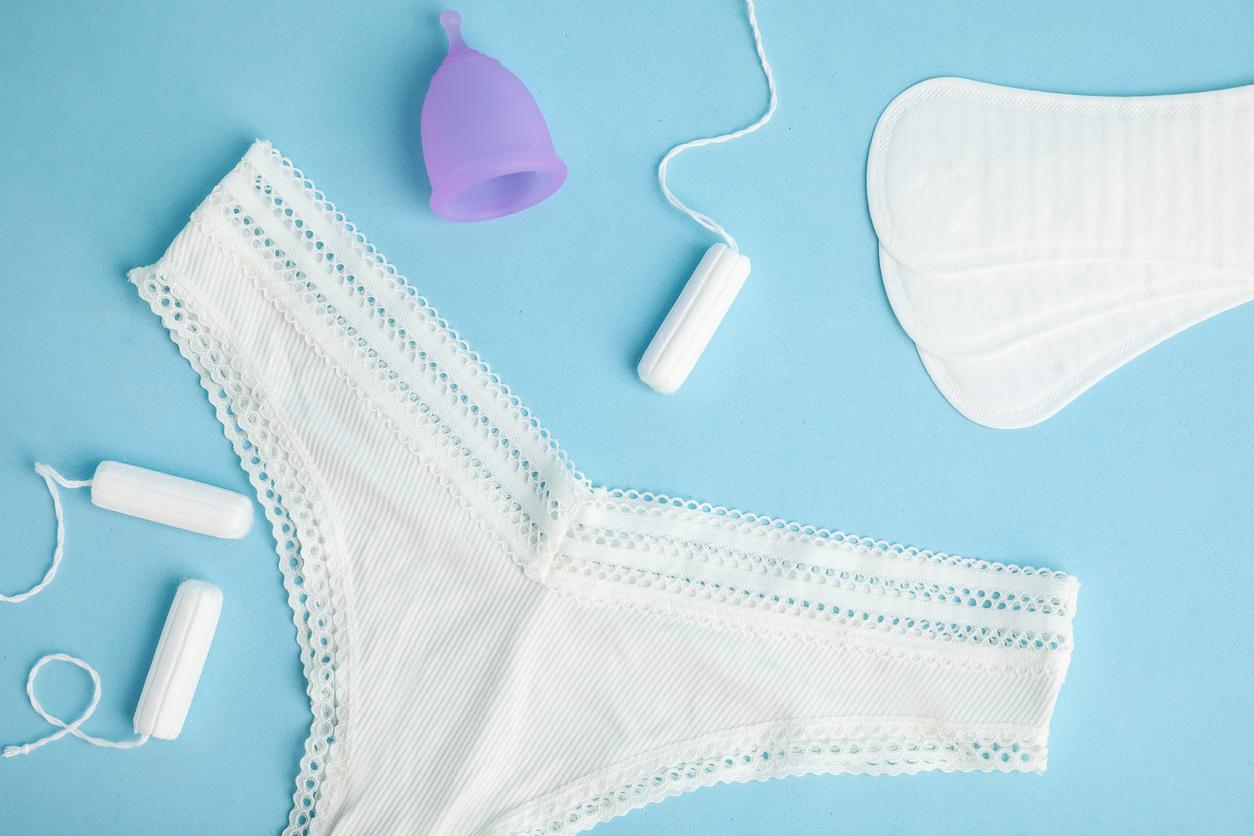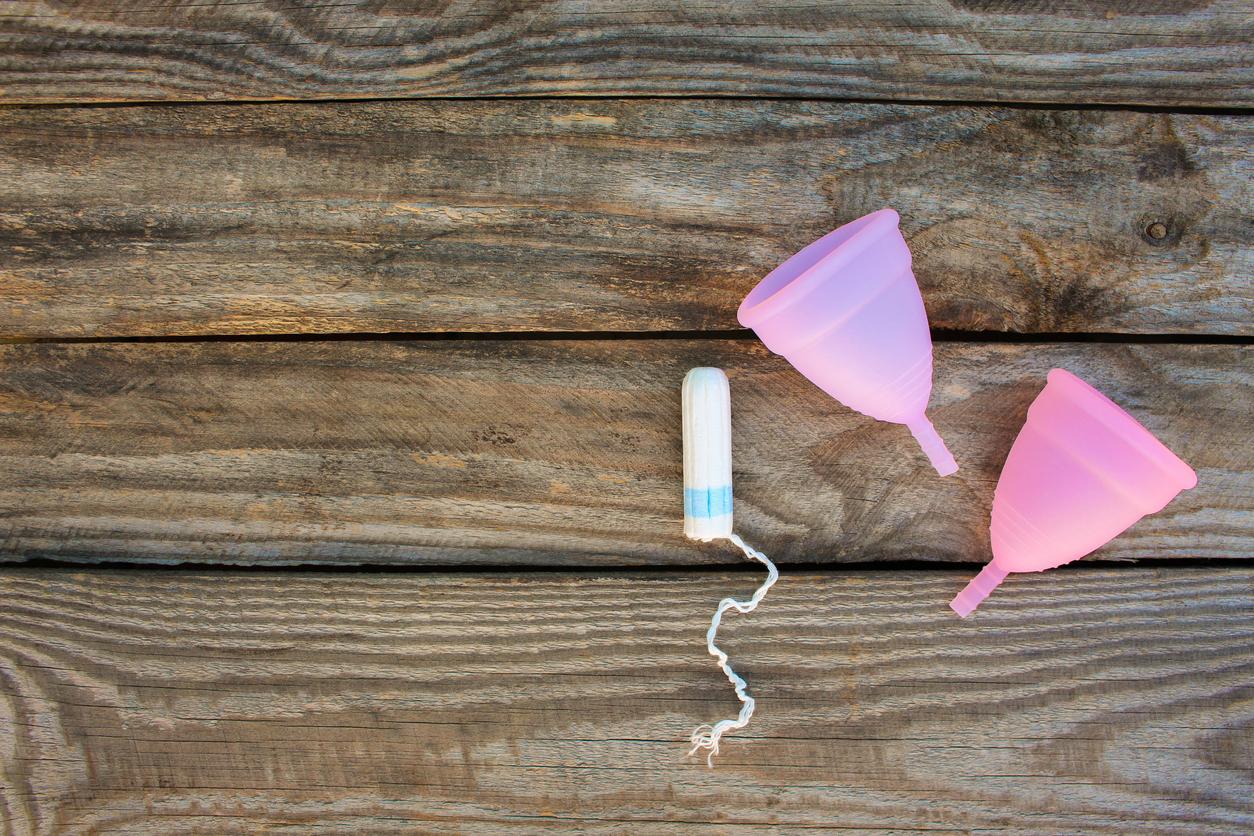The composition of the buffers does not promote the growth of the bacteria that cause TBS.

Does the composition of tampons promote toxic shock syndromes? The answer is no and should reassure many French women. At the origin of this soothing speech, the National Reference Center for Staphylococci, located at the Hospices Civils de Lyon (Rhône).
After noting an upsurge in cases of TBS, the service launched an investigation into the impact of hygienic protections. The results, presented on July 4, rather encourage optimism.
700 buffers analyzed
TSS is caused by a toxin-producing strain of Staphylococcus aureus (TSST-1). They result in classic symptoms: fevers, vomiting, diarrhea, muscle pain… But complications can arise in the absence of treatment.
It was the CNR of Lyon which sounded the alarm on this subject last October. In the space of 10 years, toxic shock syndrome has greatly increased in France. About twenty cases occur per year, against one or two previously. Without apparent explanation.
In order to better understand this upsurge, CNR specialists have therefore launched an appeal to citizens. It was necessary to confirm the suspicions on the components used. The aim of the study was therefore to collect used tampons from patients and women in perfect health, and to identify the risk associated with their use. French women responded en masse. Thanks to them, the researchers were able to analyze 700 used tampons.
Educate French women
At the same time, CNR researchers carried out an experiment. They bought new tampons and immersed them in a solution that mimics vaginal fluids during menstruation, in the presence of the staphylococcus that produces the TSST-1 toxin.
“Compared to a witness, all the protections used have a neutral effect”, concludes Gérard Lina. Better still: in some cases, bacterial growth and the production of toxins are reduced. Cotton thus seems to have a neutral impact on the development of staphylococcus, while viscose and rayon tend to inhibit it. Menstrual cups, they slightly promote the development of the bacteria.
So what could possibly be causing this resurgence of TBS cases? For Gérard Lina, there is little doubt. We have to look at the learning side. “If it is not the tampon, then education in the use of the tampon is not optimal,” he said. In other words, the products are poorly worn or over too long periods.
The CNR has launched a online survey, open to all, in order to better understand the behavior of French women and how they are introduced to the use of a tampon. From the responses of the participants, the scientists hope to define an education strategy in order to limit the risks. Because if the disease is rare, it is possible to reduce it even further. By raising awareness, for example, about the maximum wearing time of a tampon.
A more present bacteria
But the analysis of the tampons also allowed us to refine our knowledge of the bacterium that causes TBS. And again, the results are enlightening. In October, Professor Gérard Lina, head of the CNR, delivered a precise assessment of the presence of staphylococcus.
This bacterium makes up 4% of the vaginal flora, but only a quarter produces the toxin. The carry is therefore around 1%. This rate is actually higher, and stands at 4%. And perfectly healthy women are carriers of this staph.
This observation may seem alarming. This is actually a good sign. “This means that these women have developed an immune system which allows them not to fall ill”, explains Pr Lina, contacted by Why actor.
The explanation for this protection remains a mystery for the moment. But scientists are planning to continue the analyzes. “Our objective will be to find out more by comparing the menstrual fluids of healthy women and those who have developed shocks,” confirms the head of the CNR. Because it is clear that the nature of menstrual tampons and cups does not have a direct impact on these differences.
.
















